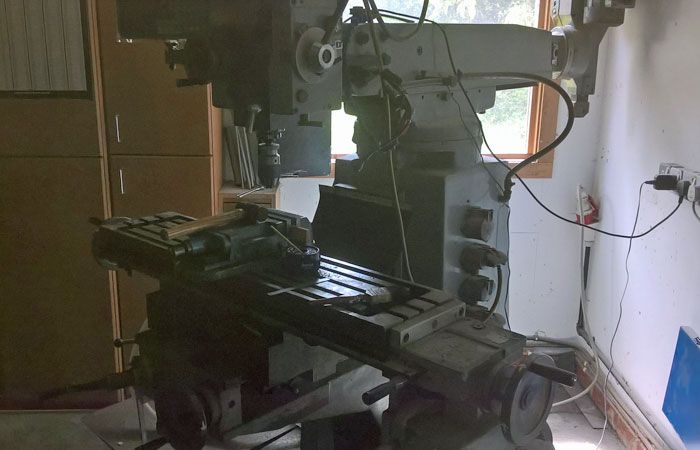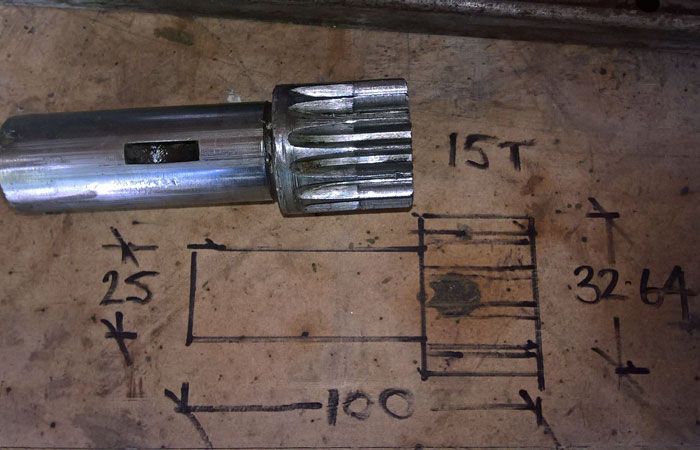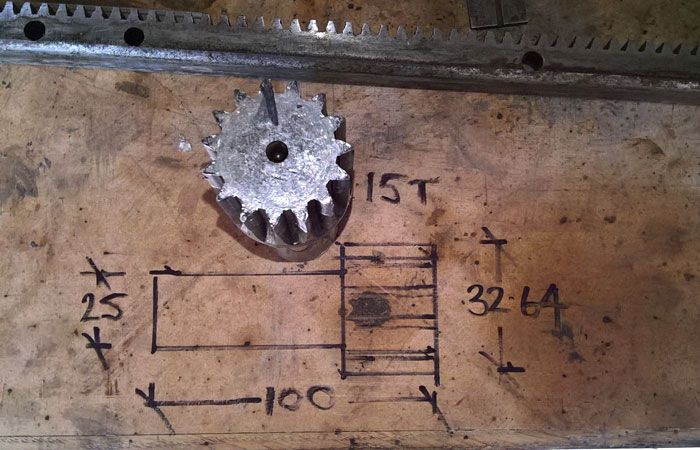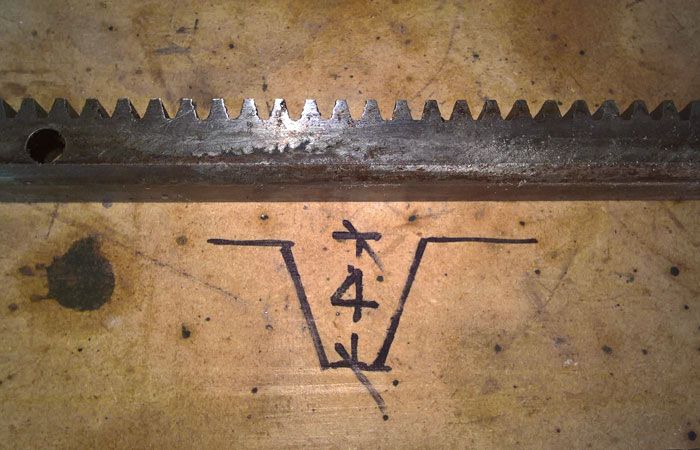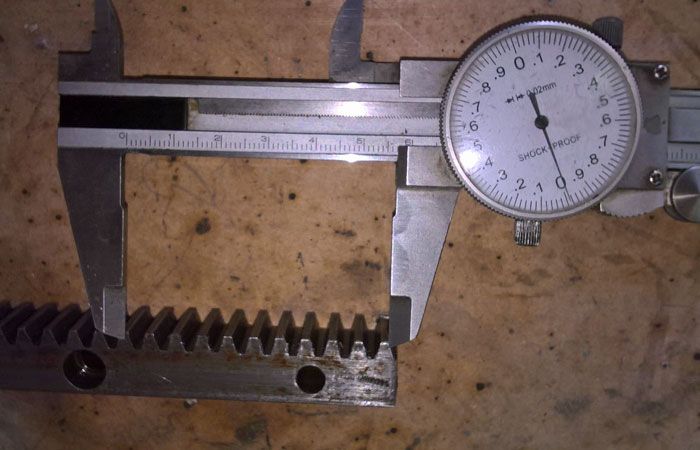help with gear calculations
help with gear calculations
- This topic has 45 replies, 15 voices, and was last updated 3 September 2019 at 21:39 by
Philip Sewell.
- Please log in to reply to this topic. Registering is free and easy using the links on the menu at the top of this page.
Latest Replies
Viewing 25 topics - 1 through 25 (of 25 total)
-
- Topic
- Voices
- Last Post
Viewing 25 topics - 1 through 25 (of 25 total)


